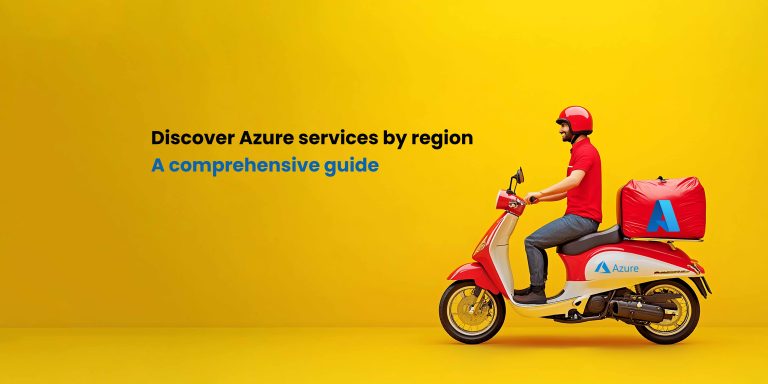Navigating the expansive cloud landscape can be daunting, especially with the myriad of services offered by Microsoft Azure. The Azure services map serves as a valuable tool to visualize and understand the interrelationships between various services. In this post, we will explore what the Azure services map is, its significance, and how it can benefit your cloud strategy.
What is the Azure services map?
It is a graphical representation that outlines the multitude of services available within the Microsoft Azure ecosystem. Specifically, it categorizes services into logical groups, making it easier for developers and architects to identify and leverage the right tools for their specific needs. For a deeper understanding, you can visit the Microsoft Azure Services documentation.
Why is the Azure services map important?
Understanding the Azure Services Map is crucial for several reasons
- Simplifies complexity – With countless services available, the map helps simplify decision-making processes by visually organizing services. Consequently, users can quickly pinpoint relevant services without feeling overwhelmed.
- Enhances planning – It aids in architectural planning by showcasing dependencies and integrations between services. Moreover, this insight can lead to more effective resource allocation and service utilization.
- Improves collaboration – By having a clear visual reference, teams can communicate more effectively, leading to better collaboration. As a result, stakeholders can align their strategies and ensure everyone is on the same page.
Key features of the Azure services map
- Service grouping – Services are grouped by categories such as compute, storage, databases, networking and more, making it easy to find relevant services quickly. This categorization allows for a more intuitive navigation experience.
- Interactive elements – Users can interact with the map to gain insights into service details, pricing and documentation links. This feature encourages users to explore further, enhancing their understanding of the services.
- Regular updates – Microsoft frequently updates the map to reflect new services and changes, ensuring you always have the latest information. Keeping an eye on these updates can help you stay ahead in the ever-evolving cloud landscape.
How to use the services map effectively
To make the most of the Map, consider the following tips
Start with your needs – Identify the specific requirements of your project and use the map to find relevant services. By doing so, you can focus your efforts on the most applicable tools for your objectives.
Explore relationships – Pay attention to how different services interact with one another to optimize your architecture. Understanding these relationships is key to building robust and scalable solutions.
Keep learning – Continuously refer to the map as new services are added or updated. Staying informed will enhance your cloud strategy. For ongoing updates and best practices, check out the Azure Blog.
In summary, the Azure Services Map is an indispensable tool for anyone looking to maximize their Azure experience. By understanding the available services and how they interconnect, you can make informed decisions that will drive success in your cloud initiatives. Additionally, leveraging the Services Map can ultimately lead to improved efficiency and innovation within your organization.
To learn more about Azure services and cloud strategies, check out the Microsoft Azure Documentation for detailed guides and resources. Embrace the power of the Azure Services Map today and unlock the full potential of Microsoft’s cloud ecosystem!
Check out the related blogs for further reading

How to optimize costs with Microsoft dynamics 365 pricing plans
Microsoft Dynamics 365 pricing can be complex, but with the right approach, businesses can control costs while maximizing…

Dynamics 365 pricing and licensing – what you need to know
Microsoft Dynamics 365 is a cloud-based suite of business applications designed to help organizations manage operations efficiently. It…

Dynamics 365 Fraud protection – key features and benefits for businesses
Fraud is a growing concern for businesses, significantly impacting revenue, security, and customer trust. As digital transactions continue…








